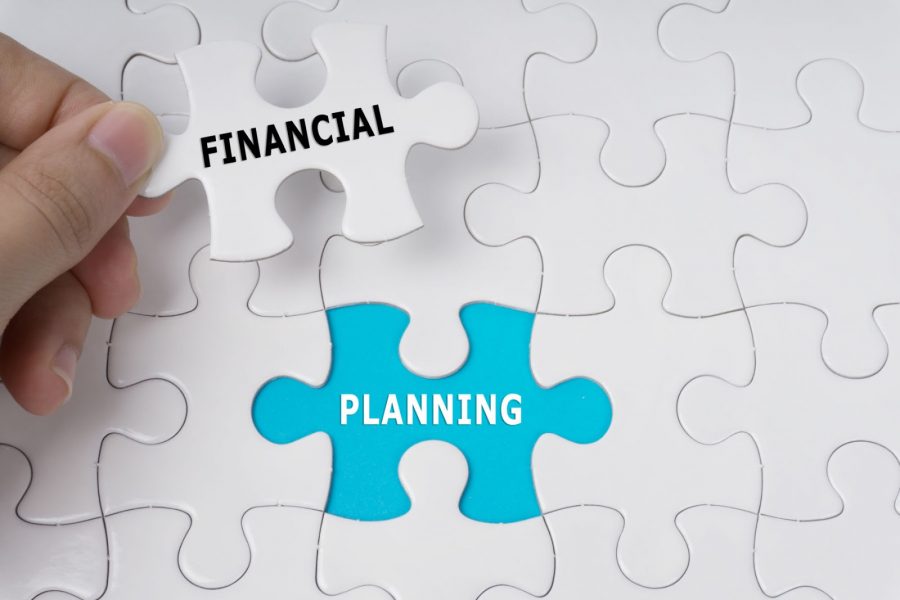Whether you’re starting out, deep in debt or planning for retirement, you’ll have a greater chance of working it out by mapping out an action plan.
A successful plan works with, not against your lifestyle, and because the principles are largely the same, it works with all kinds of goals.
We’ve started one for you – tweak it to suit your needs so long as it keeps you heading towards your goal.

Map your plan
Step 1: What are you spending?
If you haven’t done so already, track your spending so you know where it goes (each day, week or fortnight).
Use a diary or app to make it quick and easy. At the end of the tracking period, see what you spent, write it down.
Step 2: What expenses do you have?
Look at bank and credit card statements for regular bills like rent/mortgage, electricity, memberships and subscriptions. Also check receipts or spending apps for one off expenses – but don’t confuse these with your daily spend. Expenses take a chunk out of your pay and are re-occurring.
Use a diary or expenses calculation tool to add them up. Add your expenses0 or enter your income and expenses using ASICs tool. Write down the total.
Step 3: What’s your budget?
Your income less spending (step 1) + expenses (step 2) = Your budget $
A budget is a living thing which changes, so name and save it (eg ‘June budget’). If you do one each month for example, you’ll be able to look back and see how far you’ve come.
Step 4: Pay off lifestyle debt
It’s time to eliminate lifestyle debt – and keep it down. Lifestyle debt relates to money you’ve borrowed to pay for things like shoes or a holiday by using credit cards and personal loans.
You pay interest on that borrowed money if the loan isn’t repaid in full each month – and that’s only if you’ve got a good credit card. Those shoes you really had to have end up costing you more.
Your aim: Map out a Lifestyle debt repayment plan to pay it off quickly. Get guidance on how to keep it under control.
Step 5: Start saving
Whether you’re saving for a holiday, home deposit or an emergency fund to cover you if things get tough, you need something to kick-start it with.
If you didn’t find anything spare in your Budget, check again with a view to (briefly) cutting back on something.
To help you save what you need, map out an Emergency savings plan or use the General savings goals.
Once you work out how much you should try to save each week, you’ll need a savings account to put the money in.
Step 6: Improve your financial fitness
How? Sign up for our 30 day challenge or check out ASIC MoneySmart for simple ways to save.
If you’re ready to put your savings plan ahead of life’s pleasures, see where you can cut back on spending and, or expenses by selling, consolidating or cancelling things like unwanted goods or un-used subscriptions and memberships.
Get guidance and support
Sharing your goal with family and friends can get them thinking about how they can help.
Sometimes it’s quicker and easier to set up a new account with an existing online provider but don’t get complacent – make sure you’re getting something for your hard earned money.
Remember that any interest earned from a savings account or term deposit is usually included in a tax bill. You’ll need to see a tax specialist if help is required.
If you need help to manage your money more confidently, give us a call at (08) 8231 4709 or send us an email at info@centrawealth.com.au
Article reproduced from MapMyPlan


